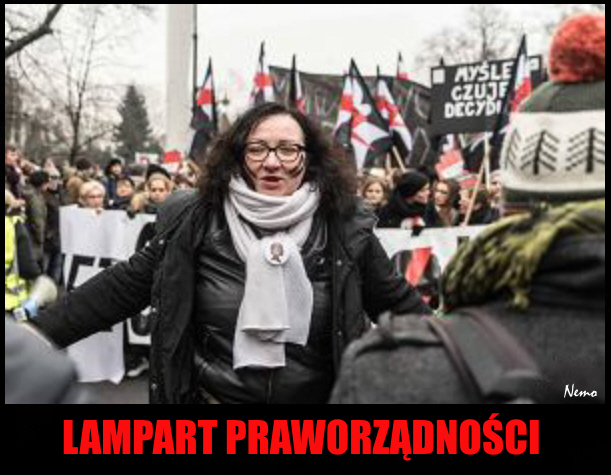Historical calendar: the anniversary of the end of the siege of a key fortress in the east. After many months of siege, Poles captured Smolensk.
Today in our calendar, we will look at the circumstances surrounding this clash.
In the early 1609s, desperate for a dramatic situation caused by the second "dymitriad" and the siege of Moscow, the Shui Tsar concluded a truce in Wyborg and simultaneously a military alliance with Sweden against the Republic of Poland. The Polish consequence to this agreement was the authoritative accession to the war with Russia. Eventually, the magnates managed to get the Republic into their private games.
In the fall of 1609, Lithuanian hetman, Lev Sapieha began the Smolensk siege. The fortress was well equipped and cast by about 20,000 soldiers, led by Mikhail Szein. In turn, siege troops counted respective 1000 Poles, Lithuanians and Cossacks. Although nominally the siege was to be directed by the crown hetman Stanislaw Żółkiewski, the decision was besides influenced by the magnate koteria present in the siege camp, they have a very different view of fighting. As a consequence of disputes in command and fierce opposition of the opponent, the siege continued.
Several storms were carried out, but they were bloodyly repelled. Therefore, the Polish side limited itself to the fire and blockade of the city-fortress.
In the summertime of 1610, the Swedish-Russian army, with a force of 35,000 soldiers, freed Moscow from the oppression of the nomadic supporters of Dmitri Samoswant II. Shortly thereafter, the allies headed for the Smolensk fortress to unlock it. Counting 7,000 soldiers, the Polish group under the command of Hetman Stanisław Żółkiewski defeated this powerful army on 4 July 1610 under Kłuszyn. At Smolensk, however, it did not change anything. The fortress continued to stay unattainable.
On the news of the full defeat at Kłuszyn, the Swedish king broke off his alliance with the Tsar, began peace talks with Poland and ordered the conquest of northern areas of Russia. The Żółkiewski army moved to Moscow, where a revolt broke out and the Tsar was imprisoned. After the Polish forces entered the city, Vasily Szujski passed his crown into the hands of Prince Władysław, and was later interned by Poles.
Meanwhile, in Smolensk, supplies of food and ammunition were moving out. On June 13, 1611, another decisive storm was committed, this time breaking the defence of exhausted Moscow.
On 29 October 1611 it was held in Warsaw, modelled on the Roman triumph of Stanisław Żółkiewski. On the same day, the erstwhile Tsar and his brothers paid homage to the faithful Sigismund III, known as the Russian tribute, to the royal castle. Vasily Szujski remained in Polish captivity until his death.
Previous entry from our calendar is available Here.











![Papież Leon XIV odwiedził Błękitny Meczet w Stambule [ZDJĘCIA]](https://cdn.wiadomosci.onet.pl/1/94sk9lBaHR0cHM6Ly9vY2RuLmV1L3B1bHNjbXMvTURBXy8zOGE2ZDA1YzcxMjAyN2EyZjE2Y2VmZWYzNGEzNmRiMC5qcGeSlQMAzNDNB9DNBGWTBc0JYM0GQN4AAqEwB6ExBA)

